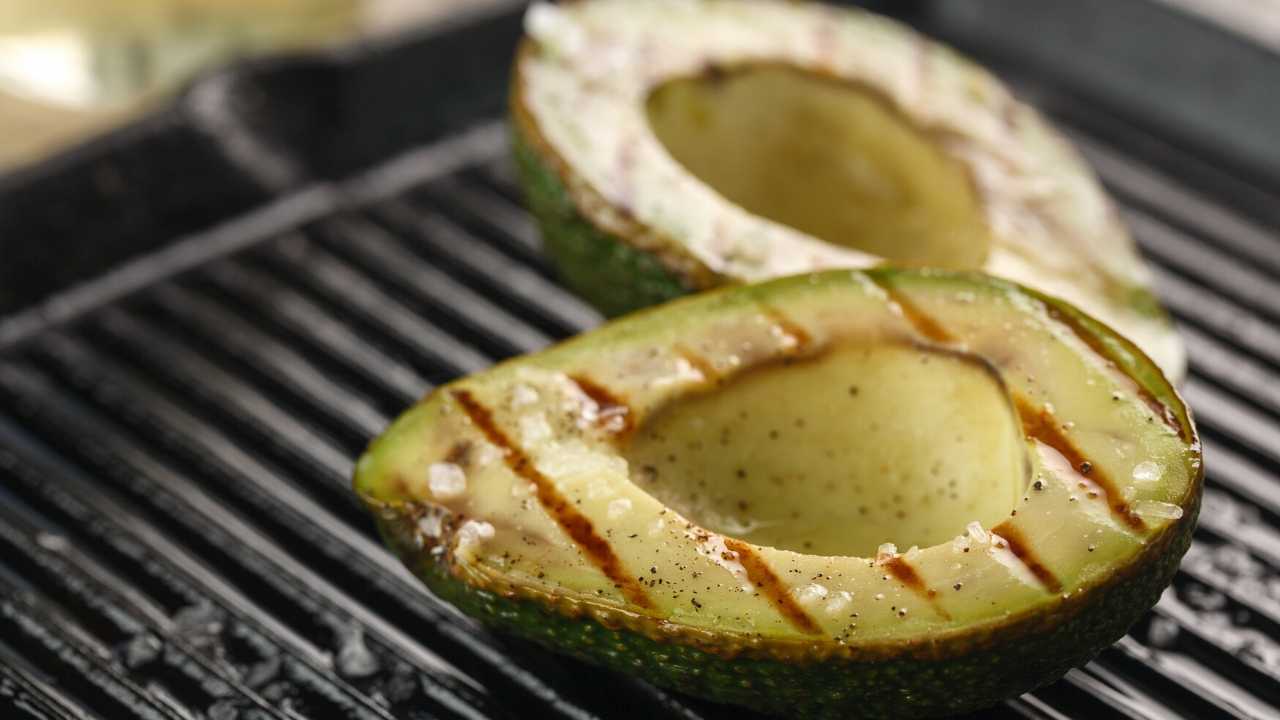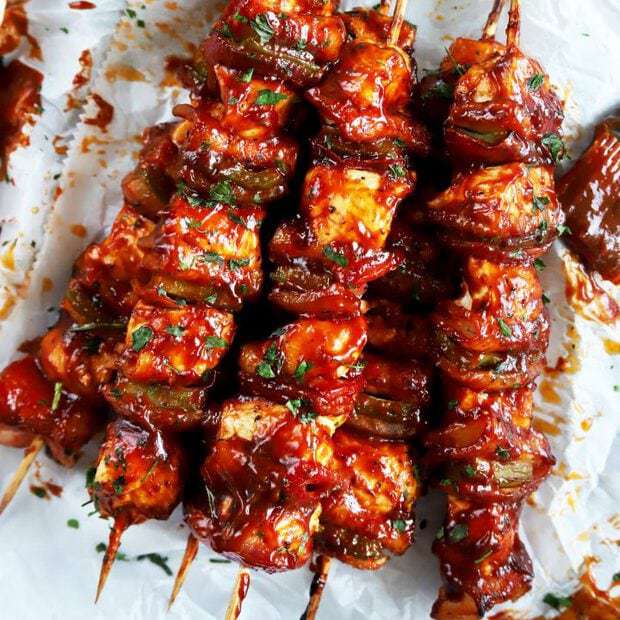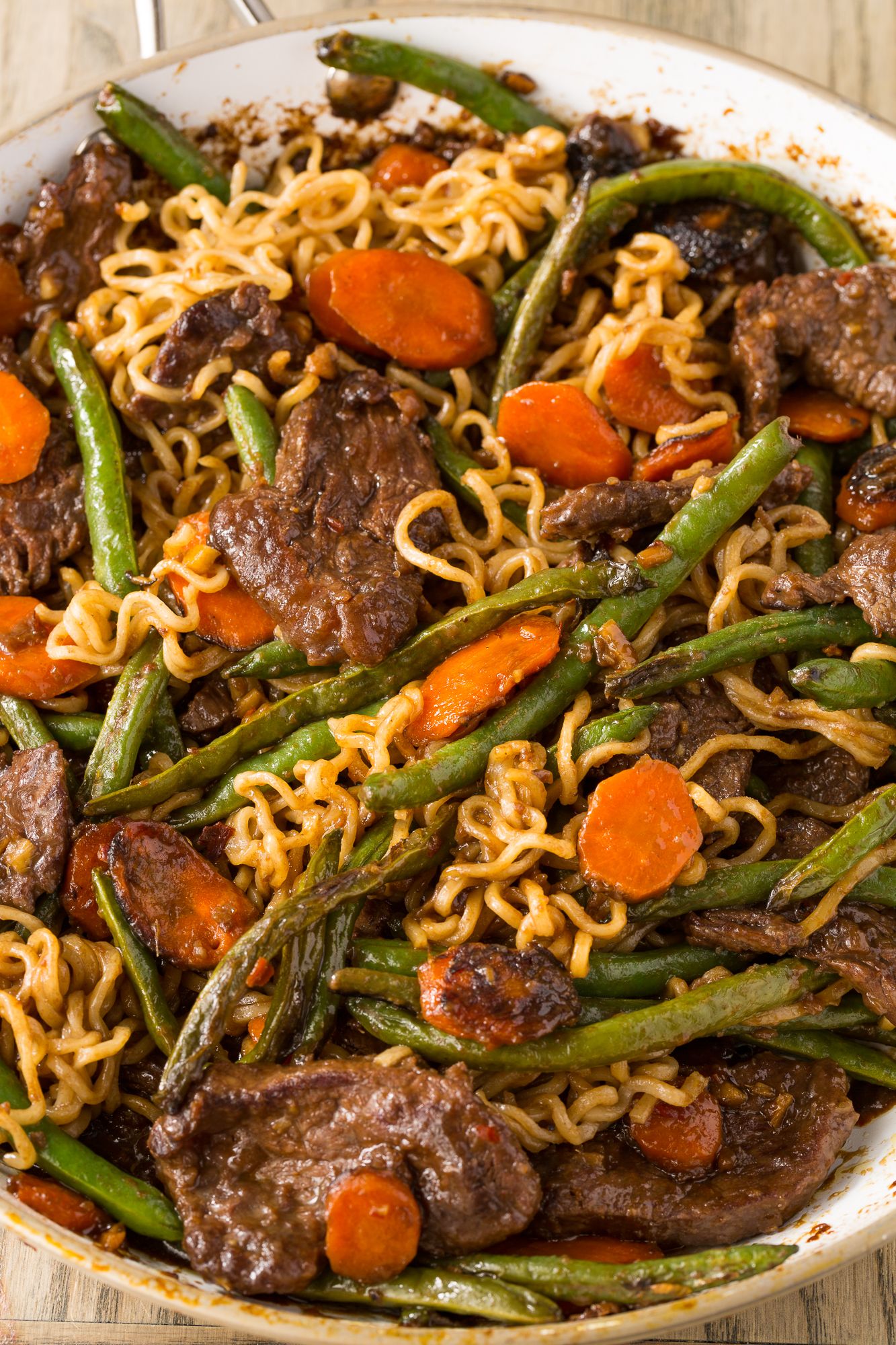
You will need to get rid of the bones before you can smoke your prime rib. You can do it yourself, using a knife to cut through the bones. Or you can hire a professional to do it. After slicing the bones, cartilage and excess fat off your meat, you will need to trim it. Paper frill caps are also available for serving. Butchers typically remove all of the fat before smoking.
How to cook a prime rib
The perfect holiday dinner cannot be complete without prime rib. Prime rib is an excellent choice for entertaining friends and family. After smoking, it's essential to be able to cook primerib. Here are some helpful tips. Before you begin cooking rib roasts, make sure to check the temperature. If the meat is rare, roast it at 120-125degF, then move it to 130-139degF. 140-145degF marks medium doneness. Wrap the prime Rib in aluminum foil, and let it rest for approximately 30 minutes. If you wish to sear the meat in reverse, take it out of the smoker at a temperature 10°F below the desired doneness. Cover the roast with aluminum foil once it is removed.
Ideally, ribs should be cooked to around 225 degrees Fahrenheit, but major temperature variations can cause uneven cooking. To check the internal temperature of your ribs, use a good quality meat thermometer. To monitor the temperature during cooking, you can use a remote probe thermometer. If the temperature is not reaching the desired level you can remove the ribs. Let them cool on the counter at least for two hours.
A prime rib should have a dense, moist interior. Make sure you choose the highest-grade meat. It's also possible to have it done by yourself. A butcher will remove the bones, trim any fat and tie up the ribs if required. You can either choose a larger or a smaller roast, depending upon the size of your prime rib.
Selecting a wood to smoke
There are many types of wood for smoking prime rib. Each wood type has its unique taste. You should combine two or more to get the best flavor. Combining woods can give you a stronger, smoky taste. Hickory produces a rich smoky flavor, while pecan and cherry are more mild. Hickory makes prime rib smokeable, but can also be used on its own to enhance the flavor.
For a classic BBQ flavor, mesquite or hickory are good options. If you prefer a lighter smoke, applewood or black cherries are good options. Although hickory or applewood are great woods for smoking prime Rib, they don't make the best choices for chicken. Make sure you choose a smoker that produces the right flavor and is built for ribs.

Oak is a popular choice for smokers. It has a light smoke flavor. This wood is great because it can be smoked quickly and does not require much wood. You can control temperature and taste and texture by adding small amounts. You may also want to experiment with other woods before deciding which one suits your palate.
Carving a prime Rib
If you follow these steps, carving a prime rib to smoke is easy. Start by removing the chine bone and rib bones in the bottom half. This will allow the juices of the roast to redistribute the heat and normalize temperature gradients. During rest, meat will continue rising by approximately 5 degrees F. You can use a meat probe for gauging the meat's pull temperature.
After carving the prime Rib, wrap it in aluminum foil for at most 20 minutes. The internal temperature should reach 125 to 130 degrees F, about 5 degrees lower than desired for Medium Rare. A prime Rib will cook faster once it has been removed from the grill. Give it plenty of time to rest before you carve it. To avoid over-cutting the meat, a long, thin blade is recommended.
To smoke a prime rib, use indirect heat, like on a grill. Smoke the primerib for thirty minutes per one pound. Add wood to give the meat a fire-flavored flavor. The meat will not be overpowered by light fruitwood. Rest the roast for about an hour after it is done. It will cook evenly if it is room temperature.
A thin layer of fat left on prime ribs
When you're buying prime rib, you should ask the butcher to trim off the fat. It adds flavor to the meat and makes it more tender. To do this, reduce the fat to 1/4" thickness. Be careful not to remove all the fat. It will make the meat taste blander. Although it can be easy to mistake a prime Rib for a Prime Rib (or vice versa), the USDA Grade system makes it easier and more precise to identify the prime ripe.
The fat cap must be removed before you start smoking your prime Rib. It will make the meat moister and tender. The next step is seasoning the meat with salt, and a prime-rib rub. Although it is not necessary, you may wish to use a salt brine for your meat to allow it to smoke. This is a common error that many smokers make. This is a common mistake that can ruin the flavor and texture of prime rib.
You can make perfect smoking prime-rib by removing the fat layer and the silverskin. This is the layer of connective tissue with a silvery sheen. While it's not edible, this layer prevents the meat from falling off the bone when cooked. While many people prefer to remove the silverskin, removing it will give the finished product a better texture.
Adding au jus
Adding au jus to prime grilled ribs is a classic way to enhance the beefy flavors of a roasted rib. Here are a few tips for making the sauce. First, prepare a small pan of beef broth. Mix the broth and flour until the mixture clumps together. Stir in the beef broth and wine until the mixture is the right consistency.

After the meat is cooked, let it rest for around 2 1/2 hours before you serve it. Place it on a cutting board and cover it with foil. For large parties, you can opt for a larger roast and serve it alongside a favorite side dish. When serving, remove the prime rib from the smoking pan and allow it to rest for at least 30 minutes. This is the time to make the au Jour sauce.
Au jus can be added to prime rip smoking. This is a great way to create the best barbecue sauce. If the beef is allowed to cool, it will absorb its juices. It is possible for the beef to retain too much juice if you don't let it cool completely. It is important that you allow the beef to rest for at least 30 mins so it can become tender and juicy.
Preparation to smoke a prime rib
To make smoking a prime rib as easy as possible, you will need to follow a few simple steps. Before you start cooking your prime rib, you need to season it up to four days in advance. This seasoning creates a dry, briny marinade for your meat. The next step is to let the rib rest for at least 20 mins before smoking it. Next, choose a wood for smoking the prime rib. To avoid the meat tasting too strongly of smoke, the wood should be medium-smoking.
You should decide how rare you would like your prime rib to be before smoking it. A rare roast should take 35 minutes per pound. Medium roasts should be cooked in about 40 minutes. To finish, you will need to heat the oven for 15 minutes. Medium-rare roasts should be cooked to an internal temperature of 145-145°F. You can then remove the smoker from the flame, cover it with aluminum foil and allow it to rest for 30 minutes.
After the meat is smoked, prepare the sides. Get a platter ready. The best way to enjoy the rich flavors of prime rib is by smoking it. If you prefer, you can add mashed potatoes like Herb Garlic Mashed Potatoes to your prime rib. Add some herbs and spices to make it even more delicious. For the meat, you will need a thermometer. This should be digital.
FAQ
What can I learn about cooking?
You can find cooking classes all across the country. You can find courses in baking, pastry and wine tasting at many schools. If you want to learn more about cooking, you can enroll in a class at a local community college or vocational school, or attend one offered by a private institution.
What are the advantages of using a slow cooker to cook?
Slow cookers can be very helpful because you can prepare delicious meals quickly. Slow cooker recipes often have a lower oil and fat content than traditional recipes. Slow cooker recipes are also convenient as they can take care of themselves while your sleep.
What is the best way to learn to cook?
Cooking should be something everyone can do. You will miss out on great meals if you don't learn how to cook. You must start by finding a recipe you enjoy and following it closely when you learn to cook. Next, practice making small changes until you are comfortable cooking the dish. The last step is to cook for others. This will allow you to improve your cooking skills and test your abilities.
Do I need special equipment to cook?
You don't require any special equipment to learn how to cook. However, having the right tools can make cooking easier. A knife can be used instead of a fork when making pasta, or a whisk could be used to whip up stiff egg whites. It makes cooking much easier and quicker.
How long does it take to become chef? What's the average career path for a chef?
It takes five years to become a chef. You will learn basic cooking techniques, and get experience as a chef assistant. Once you have completed your training, you may apply for executive, sous, and line chef positions. The average annual salary for a professional chef is between $25,000 and $60,000
Do I need to attend culinary school to become a cook?
No. No. Some even went to culinary school just to gain experience. However, most chefs prefer to attend culinary school because it gives them more opportunities to learn and grow professionally. Culinary schools provide hands-on training that helps students develop valuable skills and enhance their culinary knowledge.
Statistics
- In the United States, the category is estimated at $23.2 billion annually and is growing faster than the market. (washingtonpost.com)
- The median pay for a chef or head cook is $53,380 per year or $25.66/hour, according to the U.S. Bureau of Labor Statistics (BLS). (learnhowtobecome.org)
- under 10 Kids have been taught that there is special food just for them, and Fiese says that 10 percent of kids will throw a tantrum if they don't get the food they want. (washingtonpost.com)
External Links
How To
How to make an omelet that is perfect
Omelets have always been a favourite food to eat for breakfast. How can you make them perfectly? I've tried many different methods and recipes, but none of them seem to work! I have some tips and tricks to help you make delicious, fluffy omelets every single morning.
First, eggs can be very temperamental ingredients for making omelets. You must get them fresh, organically, and keep them cold until you cook. The yolks and whites will not form properly if they aren't kept cold enough. Your omelets will look strangely colored if this happens. It is best to use room-temperature eggs if you are going to cook them right away.
Another tip is to separate the egg before adding it to the pan. Because this could cause your omelet to become curdled, you don't want any yolk to be mixed with any white.
The egg can burn if it is placed directly on the stovetop. Instead, put the egg in the microwave for 10 seconds before putting it into the pan. The microwave heat cooks your egg just right, without it becoming too soft.
Next, let's talk about mixing the eggs. Mixing eggs together is important. You need to beat them well. To do this, grab the bowl of the mixer and turn it upside down. Then, vigorously shake the bowl. The egg will be thoroughly mixed in the bowl as the air is whipped.
Now comes the fun part - pouring the milk into the mixture. The first step is to pour half of the milk in the beaten eggs. Next, fold the eggs into the remaining milk. If you still see streaks of eggs, don't worry. These streaks will disappear once the omelet has been turned over.
After you have folded your eggs, heat up the oil on medium heat. Wait for it to get hot. Once the oil begins to heat, add 1/4 cup butter and swirl the pan to coat it. The lid should be carefully opened. Sprinkle salt in the pan. A pinch of salt will help prevent the omelet from sticking to the pan.
Once the omelet has formed, cover the pan again and wait for the top side to set completely. Flip the omelet upside down or with a spatula. Cook the other side for about a minute. Take out the omelet and place it in a bowl.
This recipe is best when used with whole milk. But, you can use skimmed milk as well.